Do you know how to delete so much noise from the FFT? Here is my code of FFT:
import numpy as np
fft1 = (Bx[51:-14])
fft2 = (By[1:-14])
# Loop for FFT data
for dataset in [fft1]:
dataset = np.asarray(dataset)
psd = np.abs(np.fft.fft(dataset))**2
freq = np.fft.fftfreq(dataset.size, float(300)/dataset.size)
plt.semilogy(freq[freq>0], psd[freq>0]/dataset.size**2, color='r')
for dataset2 in [fft2]:
dataset2 = np.asarray(dataset2)
psd2 = np.abs(np.fft.fft(dataset2))**2
freq2 = np.fft.fftfreq(dataset2.size, float(300)/dataset2.size)
plt.semilogy(freq2[freq2>0], psd2[freq2>0]/dataset2.size**2, color='b')
Any ideas? Welch does not work, so as you can see, I don't want to smooth my chart, but erase so much noise to the level which is presented on the second picture.
This is what Welch do:
 and a bit of code:
and a bit of code:
freqs, psd = scipy.signal.welch(dataset, fs=300, window='hamming')
A bit of code:
# Loop for FFT data
for dataset in [fft1]:
dataset = np.asarray(dataset)
freqs, psd = welch(dataset, fs=266336/300, window='hamming', nperseg=512)
plt.semilogy(freqs, psd/dataset.size**2, color='r')
for dataset2 in [fft2]:
dataset2 = np.asarray(dataset2)
freqs2, psd2 = welch(dataset2, fs=266336/300, window='hamming', nperseg=512)
plt.semilogy(freqs2, psd2/dataset2.size**2, color='b')
As you can see Welch is well configurated, it shows 60 Hz electricity line, and harmonic modes. It is almost good, but it smoothed completely my plot. See graph two which is desired. Btw. y scale is wrong at Welch plot, but it is just a case of power data to the two.
I have changed to nperseg=8192 and it worked. Look at the results.




